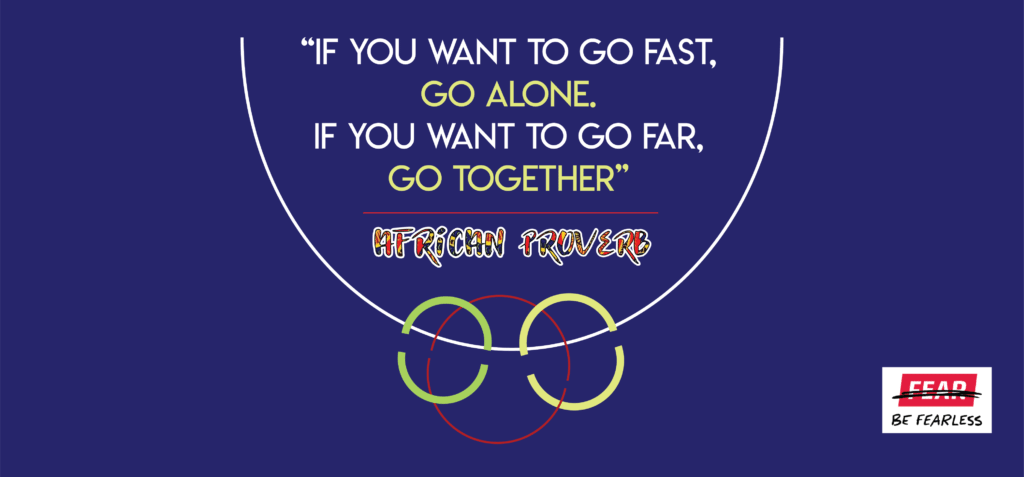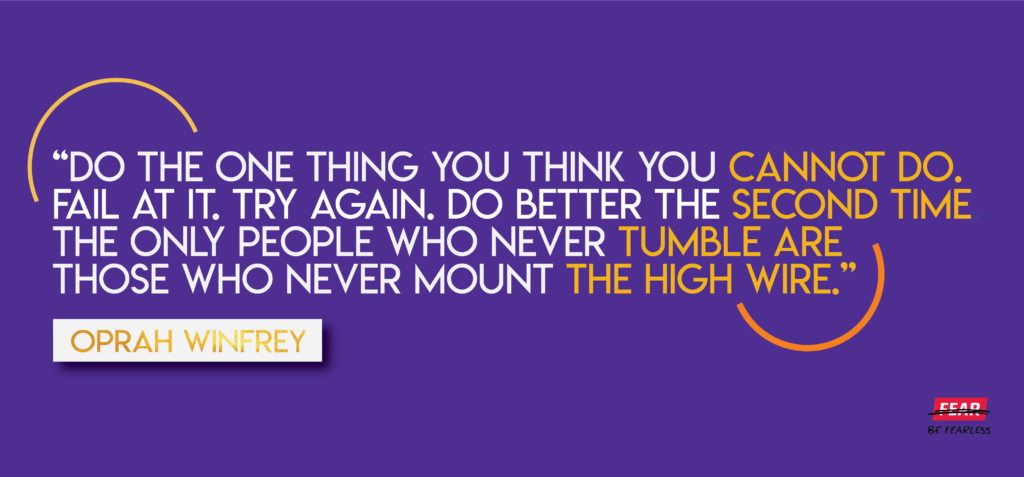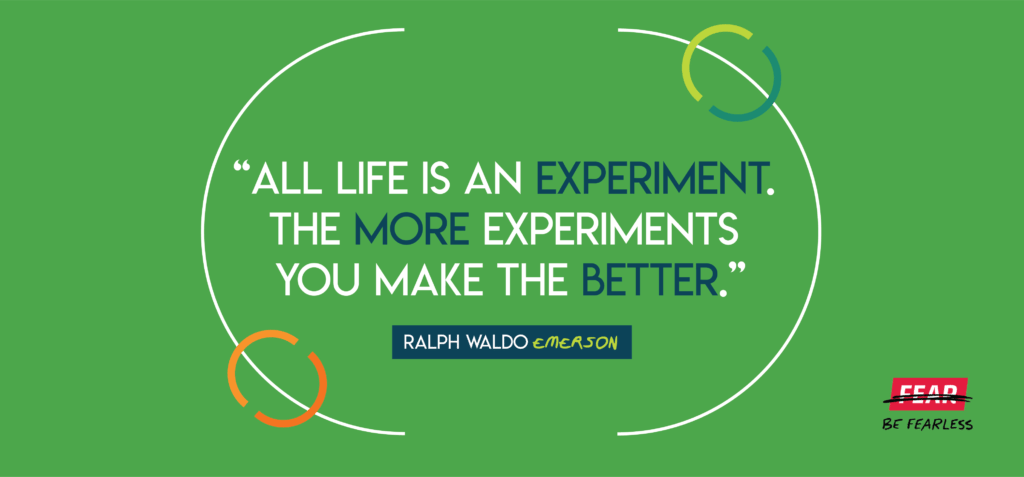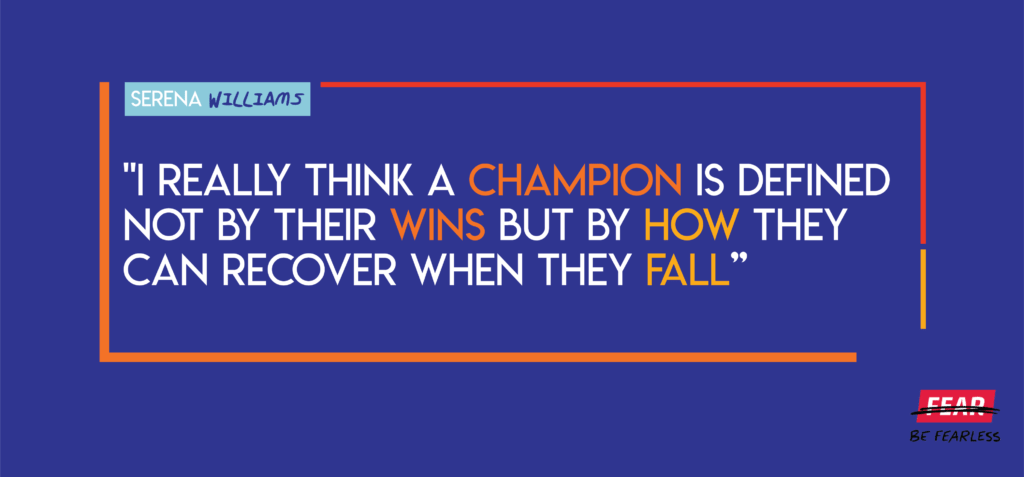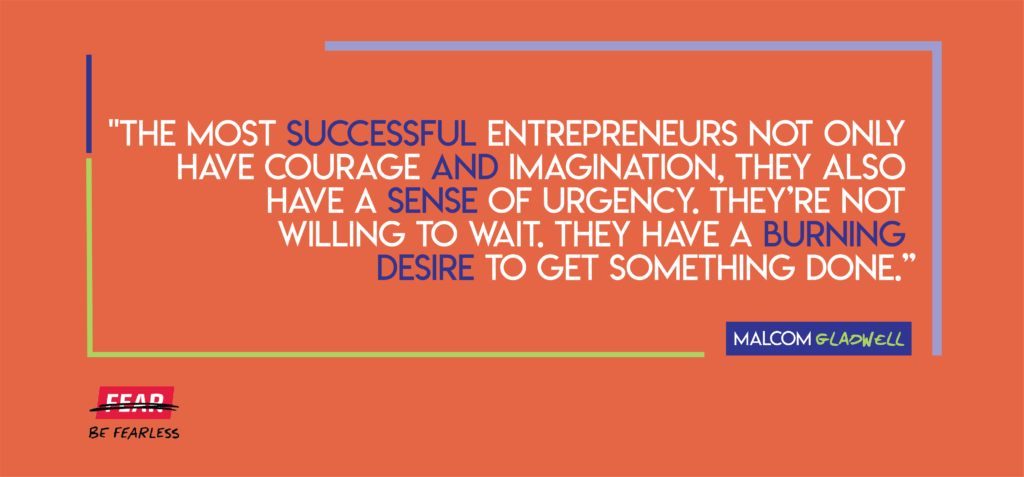Each September, delegations of public and private sector representatives from almost every country meet at the UN General Assembly (UNGA) to discuss how best to work together to solve the world’s most endemic political, economic and security challenges. On the development front, a framework called the Sustainable Development Goals (SDGs) serves as a collective action agenda, with progress measured against 17 primary goals and 169 targets covering a broad range of issues inclusive of poverty, health, education, hunger, women and girls, city sustainability, climate change and others. Experts estimate that it will take approximately $2 trillion a year—through the expiration date of 2030—to finance the goals. That’s a total need of about $26 trillion. If we can find a way to fund the Goals, we have the potential to end global poverty and hunger, protect the planet from degradation, ensure human beings can enjoy fulfilling lives, and foster peaceful and inclusive societies.
This means we have a lot of work to do. For years, SDG organizers and activists have pushed the private sector to play a more robust role in developing and delivering on the framework. And many corporations have stepped up to the plate in the process, even aligning their own activity with the Goals.
Recent rhetoric around “urgency” and “need” and “responsibility” on the part of private actors has been deafening. For many of these organizations, focusing on the Goals is synonymous with understanding what their company’s future might look like. In a world of increasingly scarce resources, rapid automation, global climate shifts and growing power of a socially conscious customer-base, sitting on the sidelines may mean getting left behind. The imperative to pursue these global mandates can either be to mitigate risk or to truly appreciate the value of profit and purpose. Regardless, the zeal with which corporate leaders and institutions are reaching for the baton feels unprecedented.
Conversations during UNGA week were abuzz with one key question—how can the private sector approach the SDGs in a way that actually achieves our shared global objectives? In response to this, the Global Impact Investing Network, in partnership with The Abraaj Group and Bank of America Merrill Lynch, convened business leaders to discuss what they’ve been doing to meet this goal and what more will be needed.
Inspired by the enthusiasm of the participants—and the ambitious thinking of changemakers in the room, here were some things we heard:
First, we have to start talking about the SDGs as a framework, not a silver bullet.
It was inspiring to hear representatives from Safaricom, Royal Phillips, and LADOL broadly agree that the SDGs create a construct for real conversation. Specifically, the Goals offer an organized way of aligning business activities with delivering impact. The segmentation of goals—and even more importantly, their targets—help businesses understand which of their peers are tackling the same problems and encourage collaboration towards these ends. In our own Impact Investing work, specifically through the Impact Investing Network Map, we’ve seen firsthand that there’s real value in understanding who’s playing in your space. By identifying likely allies, organizations are motivated to work together to achieve better results.
Second, the private sector must be the nexus for change, not an afterthought.
Capital and investment have often powered the wheel of innovation, for better or worse. As our panelists pointed out, businesses are not just a key stakeholder in systems-wide change, but a key organizer. Particularly in emerging markets, they are required to work with local communities, align different sources of capital, and inspire local government to serve the immediate needs of their own supply chain. That’s a unique position to be in. Take healthcare, for example. To revolutionize the healthcare system in emerging markets, as was explained from the mainstage, the solution is not as simple as building one hospital. Businesses need to create relationships with pharmaceutical companies, train doctors and nurses and even improve local transport and infrastructure to facilitate effective treatment. As representatives of Abraaj’s Growth Markets Health Fund, Royal Phillips, PBUCC and the IFC made clear (through their partnership in the Growth Markets Health Fund), even the most catalytic investments or innovative solutions need everyone around the table.
Third, without refreshed norms on how the private sector operates, progress will be stunted.
Even with the best collaboration and innovation, how we measure success needs an update if the goal is to maximize impact alongside profit. And that requires a move from short term wins to long term sustainability. As Amy Jadesimi pointed out from the stage, we’ve allowed the industry to drift dangerously away from what “long term” used to mean in the 70s and 80s. Corporate trailblazers—like Paul Polman of Unilever—continue to urge businesses to rethink how they measure success and with what frequency. But many agree that to do this, we need to first educate those calling the shots, and that extends beyond the C-Suite. Shareholders need to be informed of the value of sustainable thinking and long-term planning. They need to be encouraged to use their voice and to exercise their votes in alignment with what they believe to be fundamental to the success of a company long-term. Financial managers need to be at the helm of product innovation, exploring new mechanisms that leverage both social and financial returns. Stakeholders—every entity or individual affected by a businesses’ core activity—must be engaged holistically. Even across private assets, there’s a role for Limited Partners to play with General Partners and fund managers to actively demand that they work with their portfolio companies to think beyond just the bottom line—for financial and social benefits.
Achieving the SDGs are more of a reality today than ever before. They are integral to the well-being of hundreds of millions of people around the world. Some corporations are ready to move to fulfill this mandate, while others are waiting to be inspired. If we can use the framework of the SDGs to usher in this new way of thinking, acting and partnering—with the private sector as an integral and active participant—we may truly have an opportunity to massively reduce global poverty.
